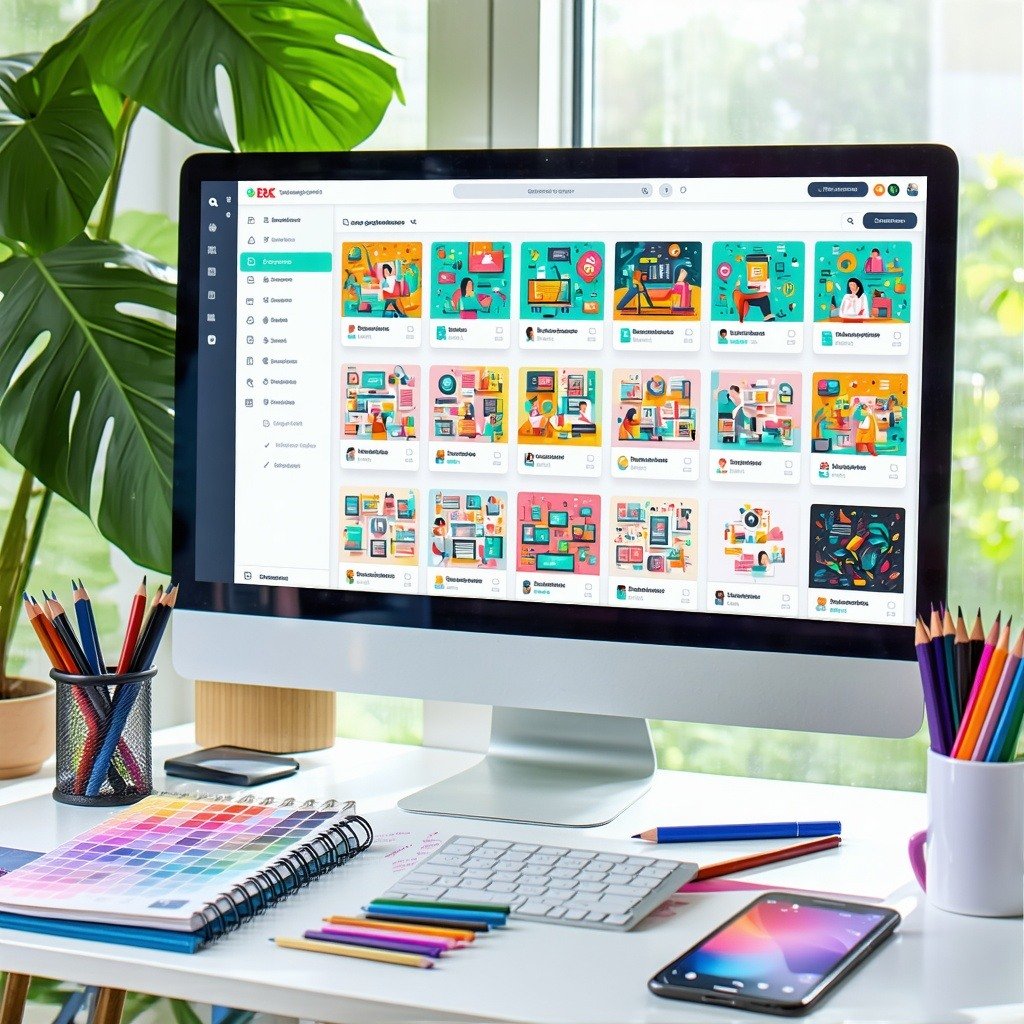How conversion path, SEO keywords, and information architecture can be optimized for consumer experience.
Is your company’s website achieving the goals you’d like it to? Is the information accurate and organized effectively? For any small business, having an intuitive and functional website is crucial to both brand advocacy and the customer experience. Here are some tactics you may find helpful in terms of increasing website traffic, promoting customer engagement, and converting more visitors into leads.
1. Mobile Friendly: People are on the go, place priority in your mobile-website.
As the digital era ushers on, it is no surprise that the majority of consumers are operating from a mobile device. A study by Google states that over 70 percent of consumers will switch from a poorly-designed mobile site to a more intuitive one to simplify the purchasing process; With that being said, it is pivotal that both the desktop and mobile version of your website be responsive, intuitive, and appealing. As a matter of fact, according to Forrester’s 2018 Retail Best Practices: Mobile Web Study, in 2018 smartphones will be used at some point of the buying process in more than one-third (over $1 trillion in revenue) of total retail sales in the United States. The large majority of consumers are even using their mobile-phones while physically at a retail location for research as well as price comparison purchases!
2. Website Navigation: Information should be easy to find.
First of all, your website domain should be easy enough for consumers to “assume”. You should have a domain name that either describes your business, or is your company name. A commonly-used practice is to have multiple domain names that link to the same website.
Just as important, the information on the website should be easy to find and as helpful as possible. Be descriptive in your menu items: “Local Marketing” is much more effective than “What We Do”, in terms of SEO rankings as well as consumer usability. Utilize your main navigation as a starting-point to inform people and search engines what your company is all about.
AVOID FORMAT-BASED NAVIGATION! Menu labels such as “Photos” or “Videos” are actually quite ineffective; while they may inform a consumer about the content on the page, they do not tell the topic.
3. Personalization: Help your consumer’s along their conversion path.
Smart content is a great way to tailor your website content so that it is ideal for your audience, regardless of their role or needs. With smart content, you can ensure the information on your homepage fits the conversion stage of the consumer visiting, whether it be their first-time visiting your site or they are ready to schedule a product demonstration.
These simple tactics can ensure that your small business is getting the most value from your website. Unfortunately, the majority of small businesses don’t bother on local marketing strategy as the typical small business owner already has a million things to worry about! In this phenomena lies a huge opportunity to deepen your audience using local content. For more help with optimizing your local marketing strategy, check out Top 3 Marketing Optimization Tips to Boost Customer Engagement.





